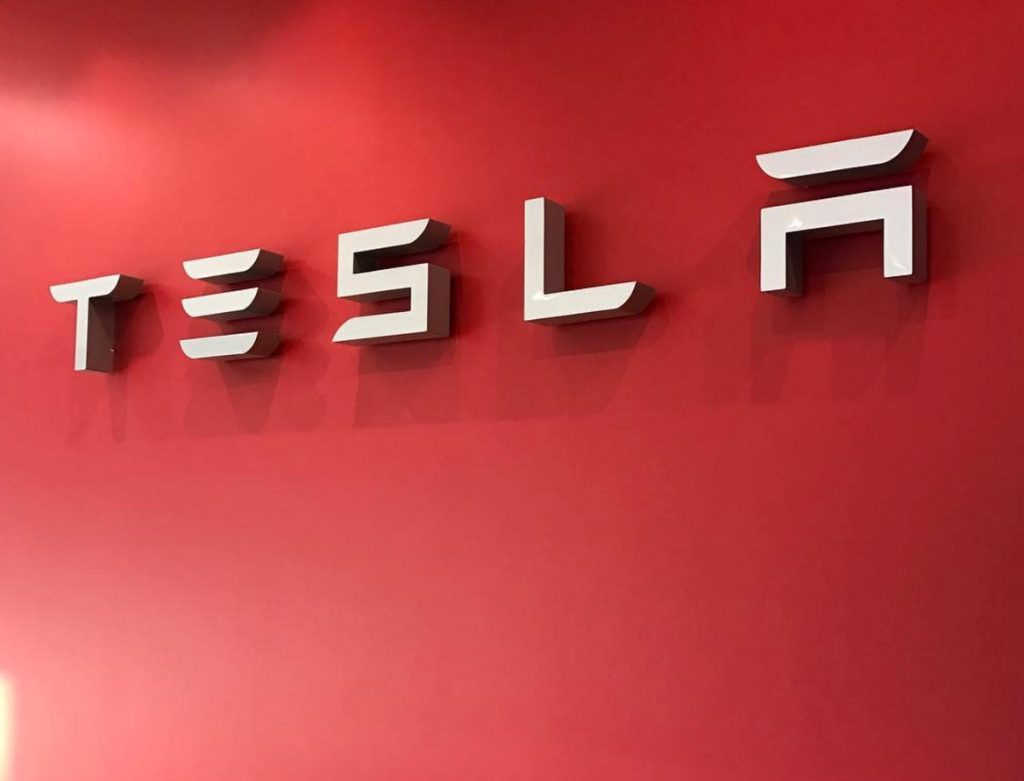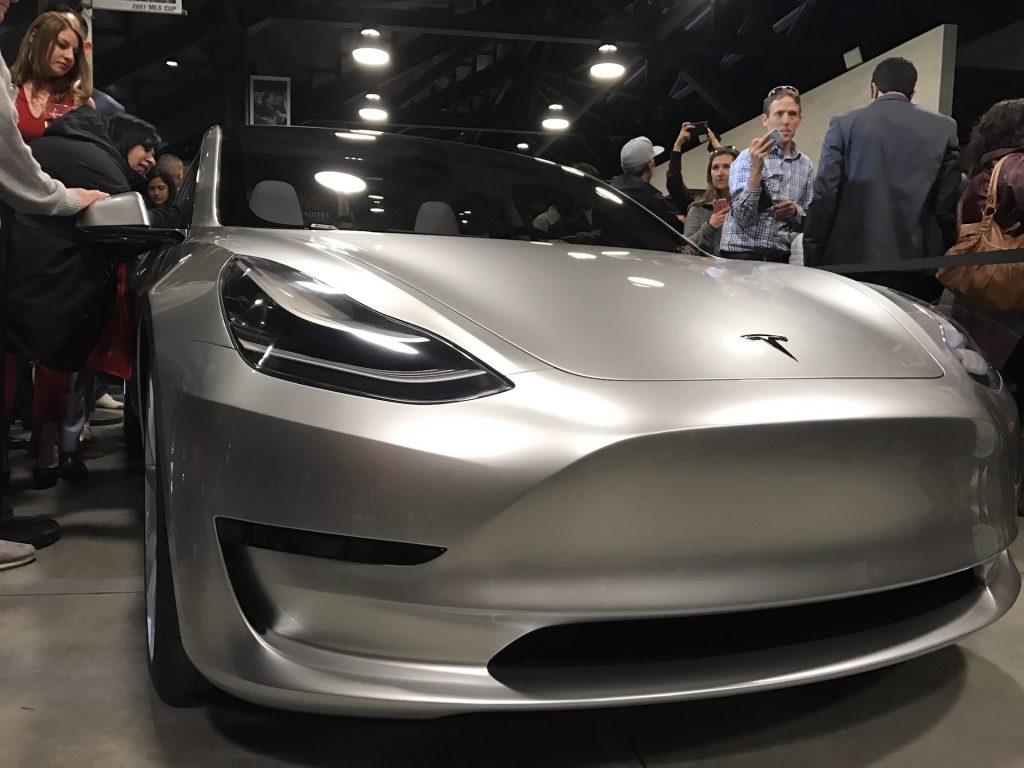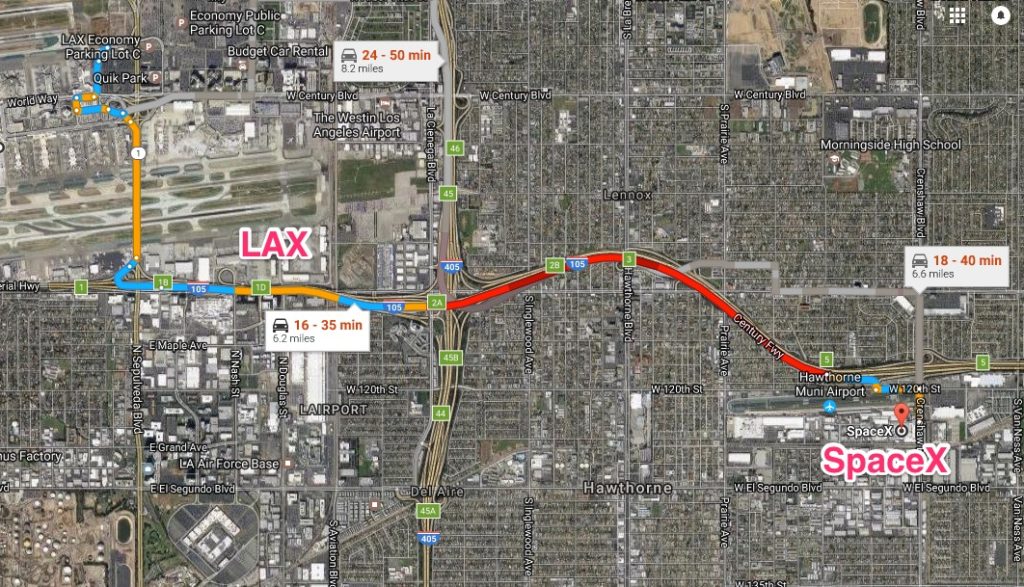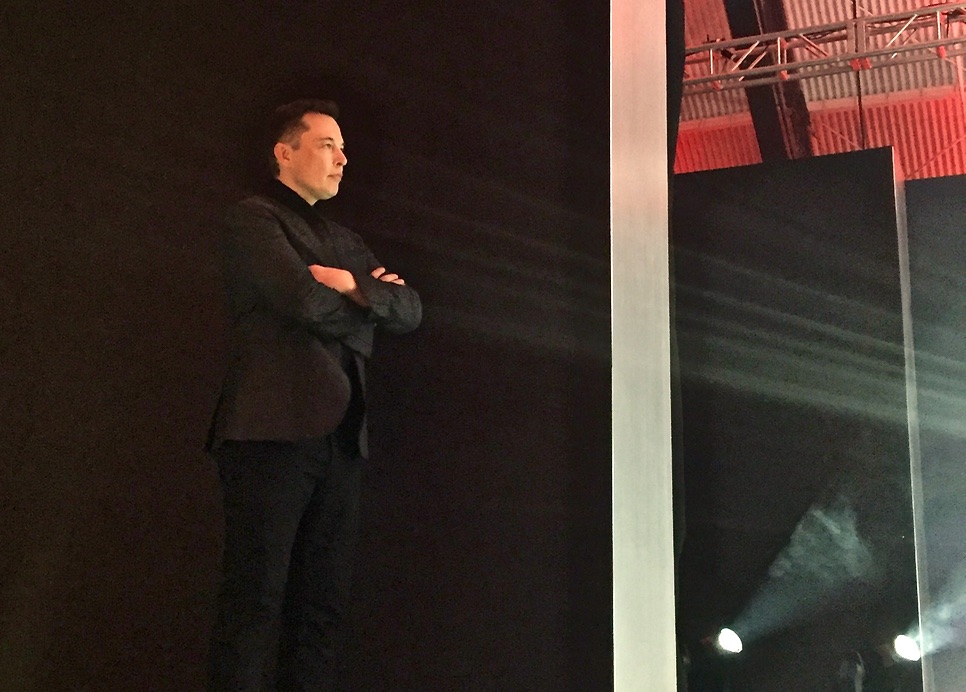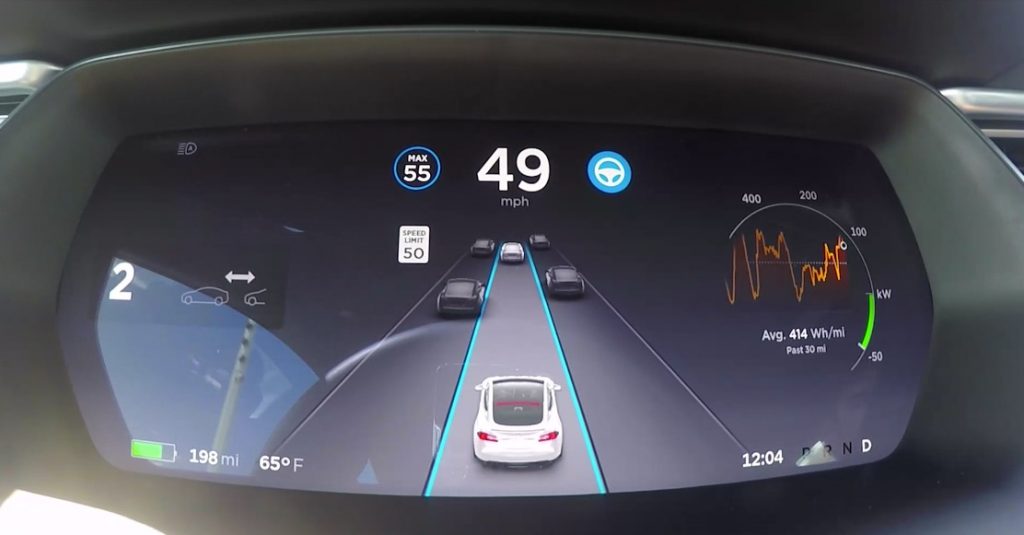News
Tesla top 5: Week in review, January 28
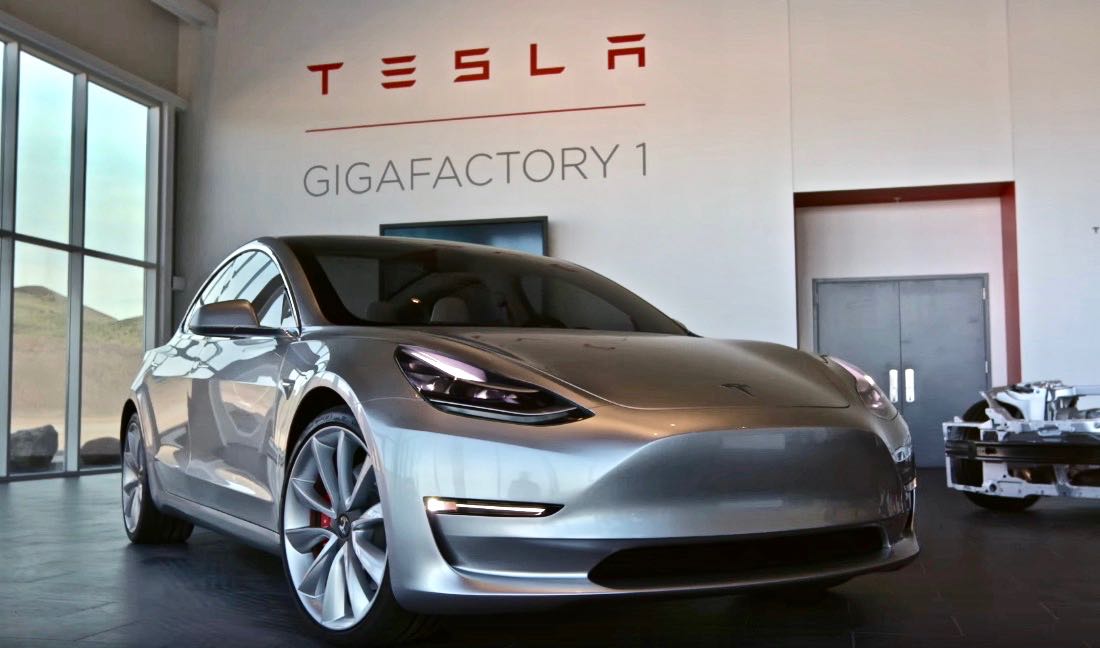
It’s been a week in which we’ve seen Wall Street traders sheepishly admitting that their doom-and-gloom forecasts about Tesla stocks were just a bit off. The Model 3, with its important new target audience, was highlighted as one of the key stories to watch for 2017. Elon’s been tweeting again, this time about his newest idea to build a tunnel beneath LA’s notorious traffic bottlenecks. Also, Musk’s endorsement of Tillerson for Secretary of State did cause a few raised eyebrows, but his rationale did make sense. And Tesla is back in the courts, this time to sue a former exec for allegedly stealing proprietary information.
Trump effect takes hold of Tesla’s (TSLA) stock price
Tesla stock has been on the rise, making gains since the Q4 earnings report came in. Morgan Stanley automotive analyst Adam Jonas upgraded Tesla’s target price, citing “overlapping interest” with Trump in creating technology and manufacturing jobs. We at Teslarati conceded the “Trump effect” but also credited Tesla’s vivacious performance and surplus cash on hand as making a difference in 2017 Tesla stock projections. So, too, is Tesla’s ability to sell carbon credits to other automakers as well as improvements in their automotive production.
Tesla’s Model 3 will be big news in 2017 and why you should care
All along, Elon Musk has reiterated that his plan for Tesla has only started with selling luxury cars like the Model S sedan and Model X SUV. Ultimately, the long term goal has been to draw upon resulting revenue to develop an upscale but much more affordable car. Enter the Model 3 at a starting price of $35,000. Its sale is more than just another model that will broaden Tesla’s appeal: selling the Model 3 will mean introducing sustainable transport to a larger segment of the population and slowing climate change through decentralized energy generation.
Elon Musk plans to dig a tunnel from SpaceX to likely LAX airport
In December, Musk tweeted that “traffic is driving me nuts.” The result? He announced that he intended to open “The Boring Company,” which would build a tunnel boring machine as part of a traffic deterrent alternative. This week, Musk said it’s on the verge of happening: he is serious about his tunnel, and “exciting progress” has been made on tunnel plans. His most recent update, announced via Twitter, were that there is a “plan to start digging in a month or so.” The tunnel is project to begin in Hawthorne, California at the intersection of Crenshaw and the 105 Freeway, five minutes from LAX— oh, yeah, and conveniently located, Musk adds, “across from my desk at SpaceX.”
Why Musk is supporting former Exxon Mobil CEO for Secretary of State
Controversial Rex Tillerson received narrow approval as Secretary of State this week. Musk’s response? “Rex is an exceptionally competent executive, understands geopolitics and knows how to win for his team. His team is now the USA. I share The Economist’s opinion that he should be given the benefit of the doubt unless his actions prove otherwise.” Musk rationalized his stance on Tillerson’s support for a carbon tax. “This is what is really needed to move the needle,” he added, because a carbon tax is the “best tool for fighting climate change.”
Ex-Tesla Director of Autopilot Software sued over accusations of stealing proprietary info
Tesla is in the courts again, with a recent series of court filings saying that a former employee who left to set up a rival business has stolen company secrets and lured away key staff. Sterling Anderson, who came on board with Tesla in 2014 as a senior product manager working on the Model X SUV and later became director of the Autopilot team, may have broken his contractual agreement with Tesla. Enticing staff moves away from Tesla and to Anderson’s new car company with working title “Aurora,” among other things, breaches a clause that prohibits any headhunting prior to a 12 month embargo.

Elon Musk
Starlink passes 9 million active customers just weeks after hitting 8 million
The milestone highlights the accelerating growth of Starlink, which has now been adding over 20,000 new users per day.

SpaceX’s Starlink satellite internet service has continued its rapid global expansion, surpassing 9 million active customers just weeks after crossing the 8 million mark.
The milestone highlights the accelerating growth of Starlink, which has now been adding over 20,000 new users per day.
9 million customers
In a post on X, SpaceX stated that Starlink now serves over 9 million active users across 155 countries, territories, and markets. The company reached 8 million customers in early November, meaning it added roughly 1 million subscribers in under seven weeks, or about 21,275 new users on average per day.
“Starlink is connecting more than 9M active customers with high-speed internet across 155 countries, territories, and many other markets,” Starlink wrote in a post on its official X account. SpaceX President Gwynne Shotwell also celebrated the milestone on X. “A huge thank you to all of our customers and congrats to the Starlink team for such an incredible product,” she wrote.
That growth rate reflects both rising demand for broadband in underserved regions and Starlink’s expanding satellite constellation, which now includes more than 9,000 low-Earth-orbit satellites designed to deliver high-speed, low-latency internet worldwide.
Starlink’s momentum
Starlink’s momentum has been building up. SpaceX reported 4.6 million Starlink customers in December 2024, followed by 7 million by August 2025, and 8 million customers in November. Independent data also suggests Starlink usage is rising sharply, with Cloudflare reporting that global web traffic from Starlink users more than doubled in 2025, as noted in an Insider report.
Starlink’s momentum is increasingly tied to SpaceX’s broader financial outlook. Elon Musk has said the satellite network is “by far” the company’s largest revenue driver, and reports suggest SpaceX may be positioning itself for an initial public offering as soon as next year, with valuations estimated as high as $1.5 trillion. Musk has also suggested in the past that Starlink could have its own IPO in the future.
News
NVIDIA Director of Robotics: Tesla FSD v14 is the first AI to pass the “Physical Turing Test”
After testing FSD v14, Fan stated that his experience with FSD felt magical at first, but it soon started to feel like a routine.

NVIDIA Director of Robotics Jim Fan has praised Tesla’s Full Self-Driving (Supervised) v14 as the first AI to pass what he described as a “Physical Turing Test.”
After testing FSD v14, Fan stated that his experience with FSD felt magical at first, but it soon started to feel like a routine. And just like smartphones today, removing it now would “actively hurt.”
Jim Fan’s hands-on FSD v14 impressions
Fan, a leading researcher in embodied AI who is currently solving Physical AI at NVIDIA and spearheading the company’s Project GR00T initiative, noted that he actually was late to the Tesla game. He was, however, one of the first to try out FSD v14.
“I was very late to own a Tesla but among the earliest to try out FSD v14. It’s perhaps the first time I experience an AI that passes the Physical Turing Test: after a long day at work, you press a button, lay back, and couldn’t tell if a neural net or a human drove you home,” Fan wrote in a post on X.
Fan added: “Despite knowing exactly how robot learning works, I still find it magical watching the steering wheel turn by itself. First it feels surreal, next it becomes routine. Then, like the smartphone, taking it away actively hurts. This is how humanity gets rewired and glued to god-like technologies.”
The Physical Turing Test
The original Turing Test was conceived by Alan Turing in 1950, and it was aimed at determining if a machine could exhibit behavior that is equivalent to or indistinguishable from a human. By focusing on text-based conversations, the original Turing Test set a high bar for natural language processing and machine learning.
This test has been passed by today’s large language models. However, the capability to converse in a humanlike manner is a completely different challenge from performing real-world problem-solving or physical interactions. Thus, Fan introduced the Physical Turing Test, which challenges AI systems to demonstrate intelligence through physical actions.
Based on Fan’s comments, Tesla has demonstrated these intelligent physical actions with FSD v14. Elon Musk agreed with the NVIDIA executive, stating in a post on X that with FSD v14, “you can sense the sentience maturing.” Musk also praised Tesla AI, calling it the best “real-world AI” today.
News
Tesla AI team burns the Christmas midnight oil by releasing FSD v14.2.2.1
The update was released just a day after FSD v14.2.2 started rolling out to customers.

Tesla is burning the midnight oil this Christmas, with the Tesla AI team quietly rolling out Full Self-Driving (Supervised) v14.2.2.1 just a day after FSD v14.2.2 started rolling out to customers.
Tesla owner shares insights on FSD v14.2.2.1
Longtime Tesla owner and FSD tester @BLKMDL3 shared some insights following several drives with FSD v14.2.2.1 in rainy Los Angeles conditions with standing water and faded lane lines. He reported zero steering hesitation or stutter, confident lane changes, and maneuvers executed with precision that evoked the performance of Tesla’s driverless Robotaxis in Austin.
Parking performance impressed, with most spots nailed perfectly, including tight, sharp turns, in single attempts without shaky steering. One minor offset happened only due to another vehicle that was parked over the line, which FSD accommodated by a few extra inches. In rain that typically erases road markings, FSD visualized lanes and turn lines better than humans, positioning itself flawlessly when entering new streets as well.
“Took it up a dark, wet, and twisty canyon road up and down the hill tonight and it went very well as to be expected. Stayed centered in the lane, kept speed well and gives a confidence inspiring steering feel where it handles these curvy roads better than the majority of human drivers,” the Tesla owner wrote in a post on X.
Tesla’s FSD v14.2.2 update
Just a day before FSD v14.2.2.1’s release, Tesla rolled out FSD v14.2.2, which was focused on smoother real-world performance, better obstacle awareness, and precise end-of-trip routing. According to the update’s release notes, FSD v14.2.2 upgrades the vision encoder neural network with higher resolution features, enhancing detection of emergency vehicles, road obstacles, and human gestures.
New Arrival Options also allowed users to select preferred drop-off styles, such as Parking Lot, Street, Driveway, Parking Garage, or Curbside, with the navigation pin automatically adjusting to the ideal spot. Other refinements include pulling over for emergency vehicles, real-time vision-based detours for blocked roads, improved gate and debris handling, and Speed Profiles for customized driving styles.
